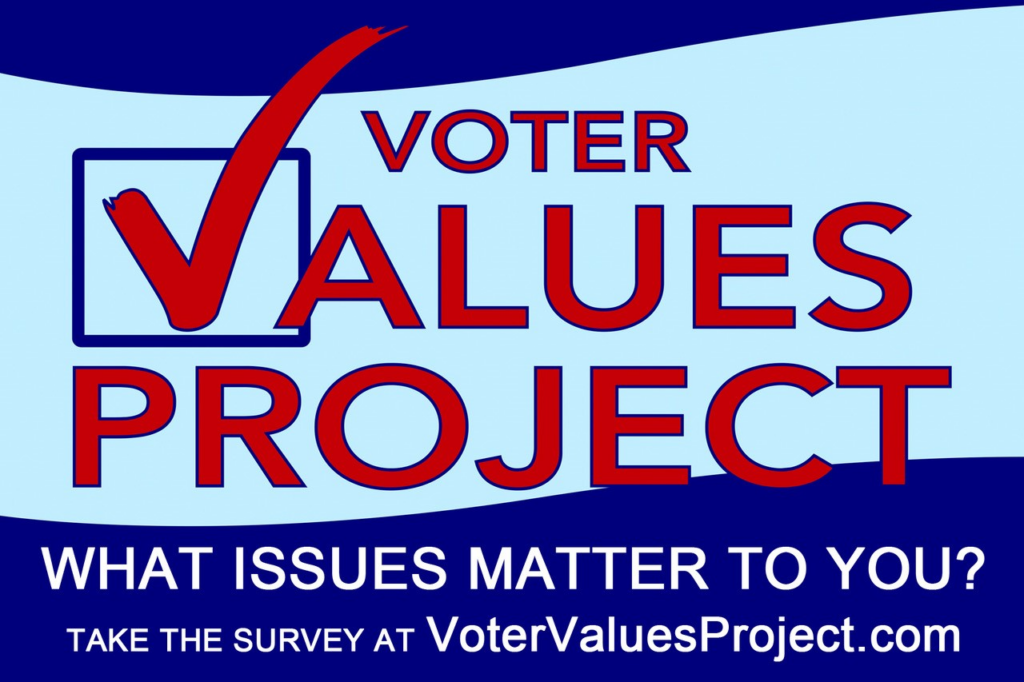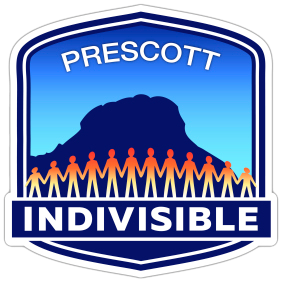
Voter Suppression and Intimidation
Voter suppression in the United States has been around longer that the U.S. Constitution. The goal is to manipulate political outcomes by blocking the vote, and the result is a severely compromised democracy that does not reflect the will of the people.
The American Civil Liberties Union (ACLU) writes that suppression efforts range from the seemingly benign, like voter ID laws and cuts to early voting, to mass purges of voter rolls and systemic disenfranchisement. And long before election cycles even begin, legislators can redraw district lines that determine the weight of your vote. Certain communities are particularly susceptible to suppression and in some cases, outright targeted — people of color, students, the elderly, and people with disabilities. https://aclu.org/news/civil-liberties/block the vote.
Gerrymandering is the term used to denote redrawing of district lines to benefit a political party and thereby increase its power. Every ten years, the national census is conducted, and congressional districts are recalculated, based on that census. If the census fails to be counted accurately, residents of the United States are not granted equitable representation, health care or school funding. The 2020 census was suspended one month early with 60 million households uncounted.
Voter ID laws require presentation of specified documents before a resident may vote. The average citizen does not carry around a birth certificate and may not own a driving license. For some, the cost to obtain these documents is out of their reach, so they are denied the right to vote. Voter ID laws have been estimated to reduce voter turnout by 2-3%.
Purging of voter rolls has become popular since the Supreme Court gutted the protections in the Voting Rights Act. A recent Brennan Center study found that 16 million voters were purged from the rolls between 2014 and 2016. Jurisdictions with a history of racial discrimination had the highest purge rates.
Limitations on voter registration, reduced number of polling places, and the crippling of the Post Office are also forms of voter suppression. Voter intimidation is a time-honored and personal form of preventing minorities and people of color from voting.
Intimidation at the Polls for In-Person Voting
The New York Times details Republican efforts to train – and install – polling place monitors/monitors throughout battleground states. The NYT has a paywall, so here is a digest version of their article.
“By Michael Wines May 18, 2020
WASHINGTON — Six months before a presidential election in which turnout could matter more than persuasion, the Republican Party, the Trump campaign and conservative activists are mounting an aggressive national effort to shape who gets to vote in November — and whose ballots are counted.
Its premise is that a Republican victory in November is imperiled by widespread voter fraud, a baseless charge embraced by President Trump but repeatedly debunked by research. Trump’s narrow win in 2016 underscored the potential value of depressing voter turnout by Democrats, particularly minorities.
The Republican program envisions recruiting up to 50,000 volunteers in 15 key states to monitor polling places and challenge ballots and voters deemed suspicious. That is part of a $20 million plan that also allots millions to challenge lawsuits by Democrats and voting-rights advocates seeking to loosen state restrictions on balloting. The party and its allies also intend to use advertising, the internet and Mr. Trump’s command of the airwaves to cast Democrats as agents of election theft.
The efforts are bolstered by a 2018 federal court ruling that for the first time in nearly four decades allows the national Republican Party to mount campaigns against purported voter fraud without court approval. The court ban on Republican Party voter-fraud operations was imposed in 1982, and then modified in 1986 and again in 1990, each time after courts found instances of Republicans intimidating or working to exclude minority voters in the name of preventing fraud. The party was found to have violated it yet again in 2004.”
Voting is a right of every citizen in our country. It should be easy, convenient, and safe. Our democracy works best when all eligible voters can participate and have their voices heard.

